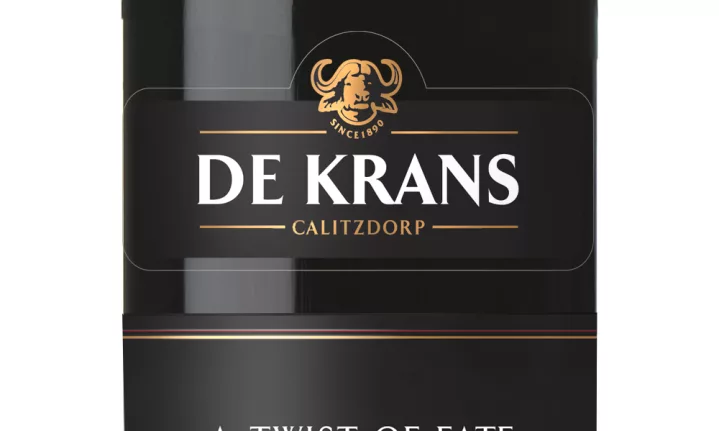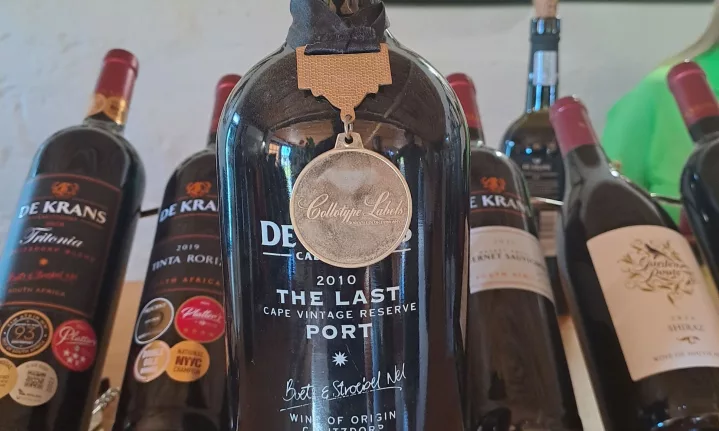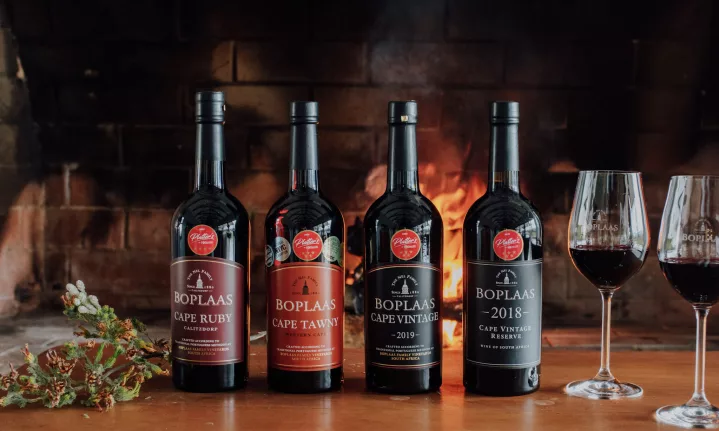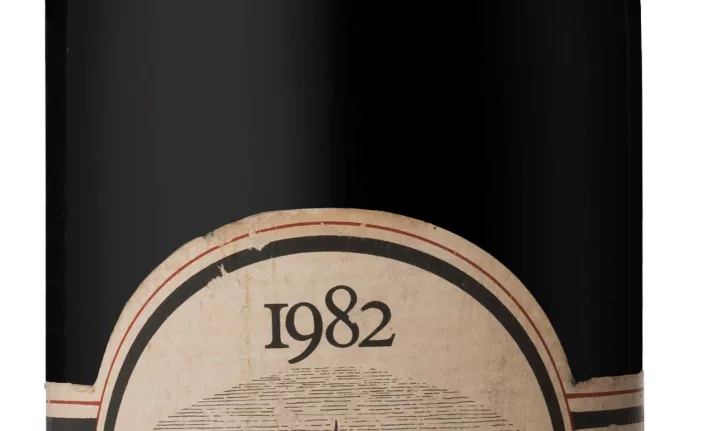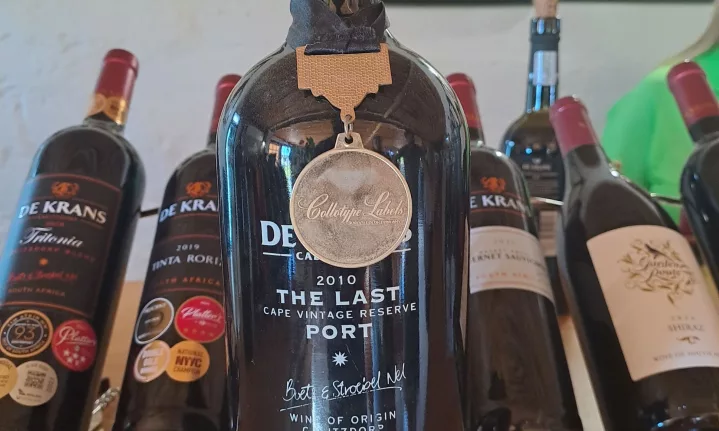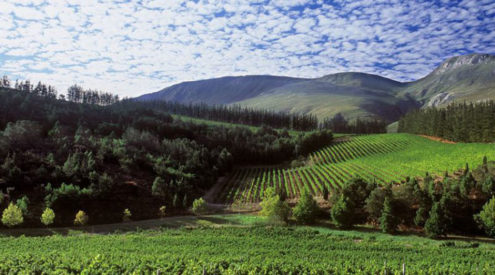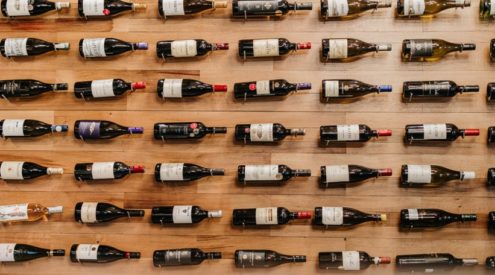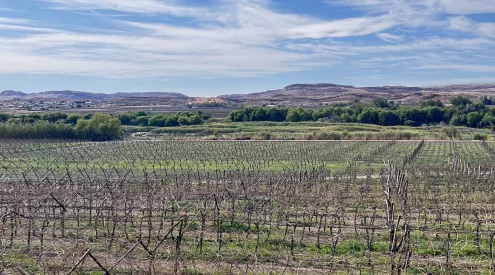Port in South Africa, well, Cape Vintage if we are being correct, wasn’t something planned by some pioneering winemaker in a far corner of the Klein Karoo.
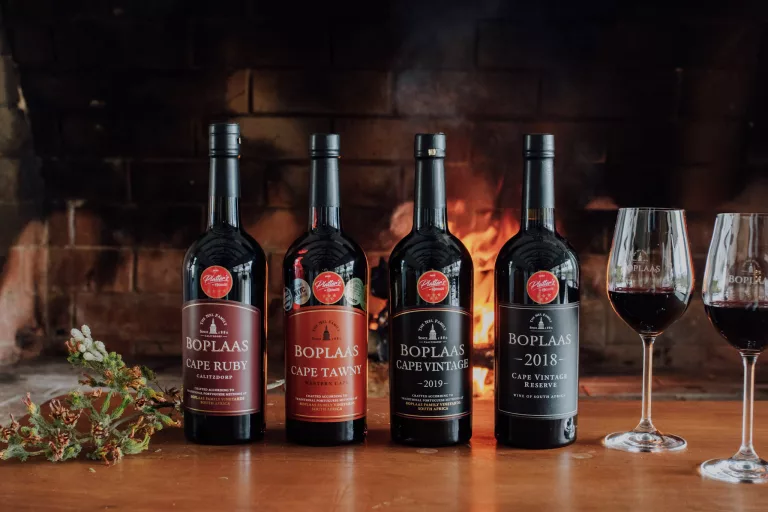
The story of Portuguese wine varieties like Tinta Barroca was purely stumbled upon, rather than intentionally planted. Today, Calitzdorp in the Klein Karoo is known as the Port Capital of South Africa, and this is where it all started.
The first Portuguese grapes planted in South Africa were intended to be Shiraz.
The story goes that Danie Nel (who’d go on to become the owner of Boplaas after an amicable split from De Krans in 1980) returned from a visit to the Swartland in the 1970s.
He had loaded his Chevy El Camino with Pinotage and Shiraz, The Shiraz was a big favourite when it was bottled.
But Danie’s son, Carel, noticed something after studying oenology in Stellenbosch – that the Shiraz he learnt about differed from what they had on the farm.
Also read: Cheers! South Africa’s wonderful wine routes

The first Tinta Barocca Port bottled by Boplaas
Further investigation revealed that this was indeed Tinta Barocca, a grape from the Doura Valley.
De Krans made the first their first “Port” in 1977 and it was an immediate success at the Young South African Wine Show.
The “last Port”
South African port was challenged by the Instituto do Vinho do Porto, which was created to regulate the production of Ports around the world and to prevent the wine from being made outside of the Douro Valley.
This was enforced by an EU ruling that limited its production to Portugal (and prevented Champagne from being produced anywhere outside of Champagne).
South Africa agreed to a trade agreement with the EU effective from 2012, which forbade the use of the word “Port” on any wine product made.
But South Africans being the inventive bunch they are (we did after all rename our Champagne “MCC”) we South Africans created the Cape Port Producers Association (CAPPA) which created its own terms for port-style wines.
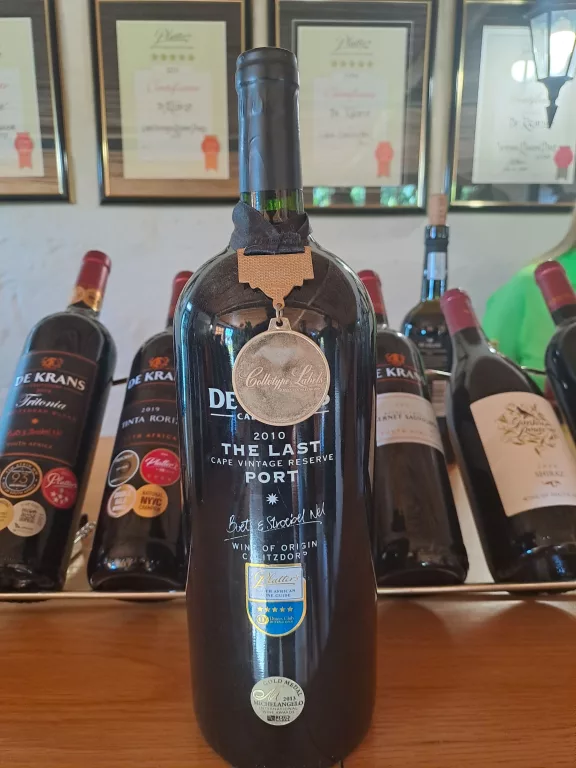
The “last Port” made in South Africa bearing the label of Port in De Krans
The new port styles assigned by CAPPA are:
- Cape White – Can be made from any white grape varieties (such as Chenin blanc, Colombard or Fernão Pires) except for Muscats. Required to be aged in wood barrels for at least six months.
- Cape Ruby – Usually a blend of several fruity, full bodied wines that have been aged for at least six months in wood for each wine and at least a year total for the entire blend.
- Cape Tawny – A blend that has been aged in wood long enough to acquire a tawny color with a smooth, slightly nutty flavour. Blending Ruby and White ports to create Tawny port is prohibited.
- Cape Late Bottled Vintage (LBV) – A wine composed of grapes harvested in a single vintage that is aged at least two years in oak and three to six years total before being bottled. South Africa wine laws require that the term “Late Bottled Vintage” or “LBV” appear on the wine label along with the vintage and bottling year.
- Cape Vintage – A wine composed of grapes harvested in a single vintage, aged in wood and released with the words “Vintage port” and the vintage year on the label.
- Cape Vintage Reserve – A wine produced in a vintage year recognised by the South African wine industry and/or trade publications as being of exceptional quality. The wine must be aged for at least one year in oak and sold exclusively in glass wine bottles.
Follow us on social media for more travel news, inspiration, and guides. You can also tag us to be featured.
TikTok | Instagram | Facebook | Twitter
ALSO READ: Island escapes: Swahili sunsets in Zanzibar









